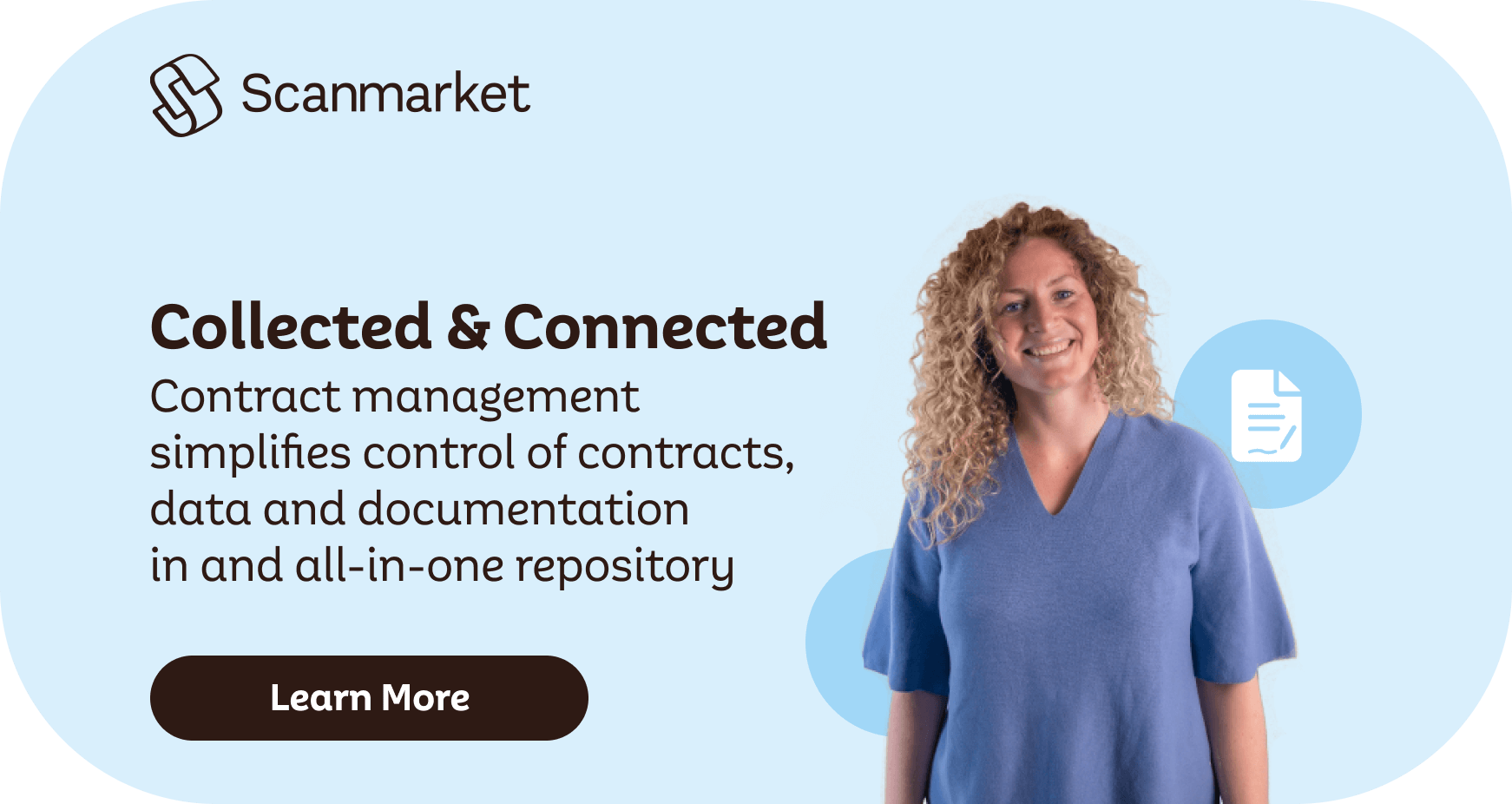Shifting the workforce out of corporate headquarters and into people’s homes is a multi-faceted obstacle that many organizations have struggled to overcome.
Managing source-to-contract (S2C) projects while working remotely requires visibility, communication and an easy-to-use interface. With productivity and business continuity high on the agenda in this new framework, leaders need to remember that remote work is a new setting for many employees. This article offers some best practices for adjustments to working and managing remotely.
From a human point of view, your team members’ physical and mental well-being should remain at the forefront. It is vital that leaders show empathy and patience while remembering that people have been affected in different ways (in lock-down alone, lost loved ones, childcare issues, etc.) and have different coping mechanisms which may impact their ability to do their jobs.
- Set working hours: With some notable exceptions, team members should not be expected to be online all hours of the day, even if you are.
- Be flexible with scheduling: Parents or caregivers may need to work in shifts to care for children or other family members if schools and home healthcare providers are not available.
- Encourage exercise and breaks: Getting fresh air and taking mental breaks should be encouraged.
- Assign tasks with reasonable deadlines: With stress levels running high, it’s important not to assign unrealistic tasks and deadlines that don’t take into account individual situations brought about by the crisis.
- Hold more regular online team meetings: Many of your team members will be in lock-down alone, which means they have had far less contact with other people than they are used to. Regular online team meetings with colleagues may be a key source of human interaction.
From a practical point of view, you need to be able to drive and monitor progress effectively on all key projects as well as maintain compliance with regards to standard operating procedures and new COVID-19-specific processes. After all, sourcing and procurement is business as usual, and even more so during a time of supply chain stress.
-
Don’t micromanage: Just because your teams are working from home doesn’t mean that they have lost the ability to think and work for themselves. As long as they know what their priorities are and what needs to be delivered when, they will be fine.
- Don’t constantly interrupt your team members asking for updates: As important as it is for you to be in the loop on project statuses and other key information, remember that every time you call or email a team member for an update, you are interrupting their flow.
These last two points are where procurement technology comes in.
Leverage Technology When Working Remotely
Source-to-Contract cloud solutions have been designed to bring traditional offline, manual processes online. And online means remote-working-friendly. In this new lock-down framework these technologies can be very effective, especially when it comes to working and managing remotely.
-
Complete visibility of supplier data to interrogate
-
Broad, one-click communication with the entire supply base
Things are changing rapidly, and you need to stay up to date in order to make adjustments and act accordingly. Supply chains are more integrated than at any point in history. While this integration has generated immense economic value, it also means that you are more exposed to the outside world and cannot just “hunker down” and wait for the storm to pass.
Managing Remotely: No Need for Micromanagement
S2C solutions can therefore help procurement teams work remotely and procurement leaders manage remotely in many ways, but the following areas are specifically noteworthy:
-
Through the use of S2C online project/workflow management tools, processes can be easily defined/amended and projects/tasks can be prioritized and allocated. No matter if the approach is done top-down or bottom up, both sides can clearly see the daily/weekly/monthly workload, what the priorities are and what the defined processes are. Essentially, everyone will know what to do, when to do it and how.
-
As progress and activities against all projects are visible online, management can quickly and easily get a helicopter view of all projects, their respective stages and statuses, which projects are on time and which are behind schedule. Data drill down will show details on internal compliance against defined processes, causes of potential delays, highlight potential issues and what corrective action has been taken to circumvent said issues. This limits the need to call/email team members for daily updates. Where updates or explanations are required, you can ask informed questions.
Build Out the Next Chapter of Your Playbook
The current corona-crisis has reminded us of the of the importance of contingency planning. No matter the cause of the disruption, organizations must be prepared to work remotely to ensure business operations can continue.













